27 F. high temperature yesterday in St. Cloud.
30 F. average high on February 24.
38 F. maximum temperature on February 24, 2016.
February 25, 1934: A late season cold snap produces a bitterly cold low of -46 at Big Falls.
Mamma, Don't Let Your Kids Grow Up To Be MeteorologistsNeighbors
are still buzzing about the treacherous DUSTING! of snow yesterday in
the metro. Hey, I could have slipped and broken a fingernail.
Yes,
by all means let's round up the poor meteorologists and shame them
publicly. It's not like they're trying to, oh, predict the future.
Meteorology isn't an exact science, like economics, foreign policy and
fantasy football. The weather models are good, but still far from
perfect.
This latest near-miss was another reminder that, overall,
the ECMWF (European) model performs better than NOAA's models. Better
physics, better data flowing into the model - focusing on one model vs
scores of specialized models is having an impact.
I sure wouldn't
bet against NOAA in the long run, but we still have some catching up to
do. And Friday was a reminder that a 75-mile shift in the storm track
can make the difference between flurries, and a foot of flurries.
No more 60s in sight; a series of jacket-worthy cold fronts arrive into mid-March but the biggest, wettest storms stay south.
No, we don't make the weather, we just try to predict it. Some days are better than others. Now...back to my flogging.
Anatomy of a Near-Miss.
From 1.5" at Hudson to 4" Northfield to a whopping 11" in Red Wing, the
band of heavy snow set up 50-75 miles southeast of the downtowns.
Close, but close only counts in horseshoes and hand grenades. Click on a
cool, updated, interactive
snowfall map, courtesy of NOAA.
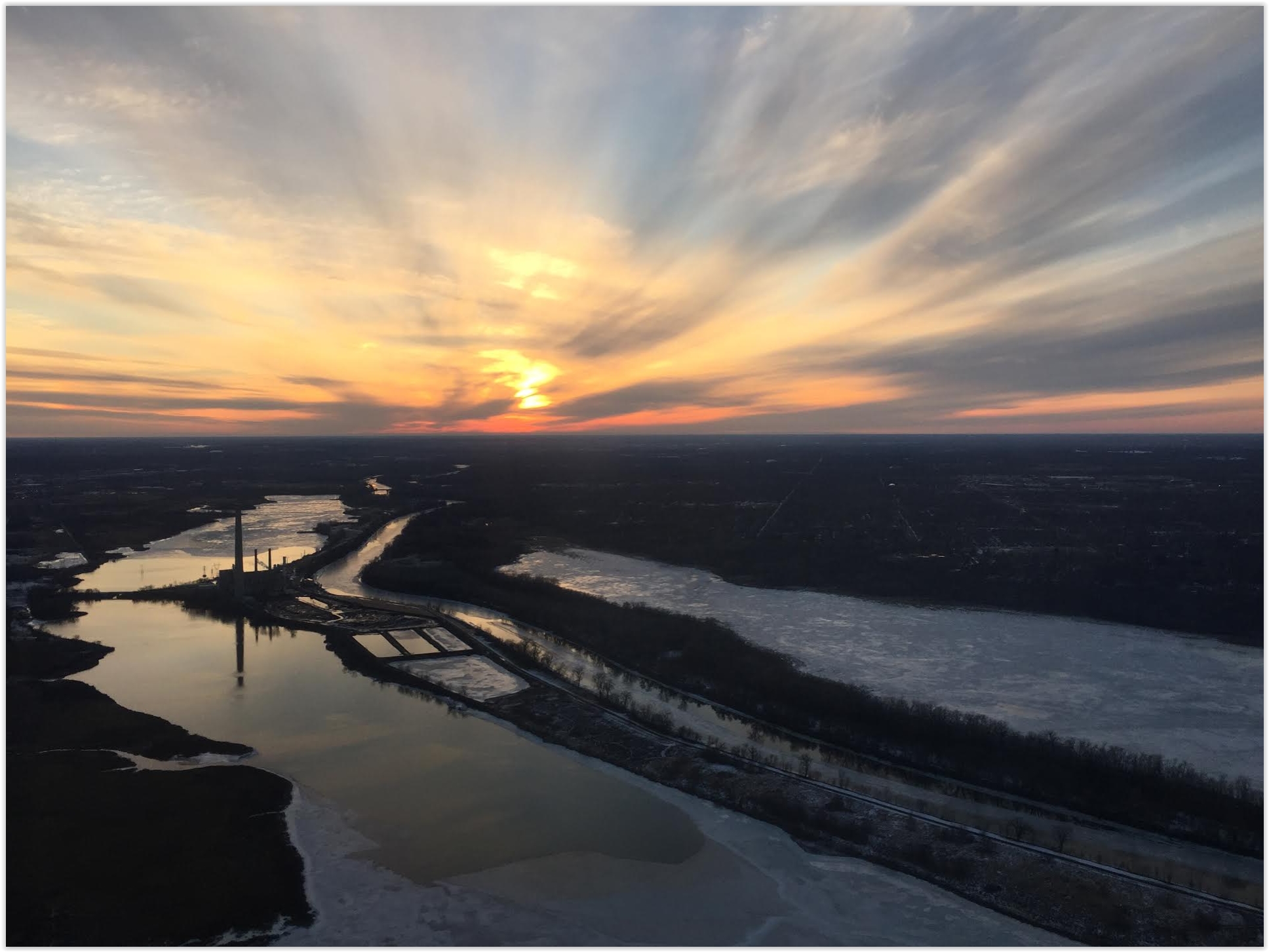 Record-Setting Warm Spell
Record-Setting Warm Spell.
The duration and intensity of warmth in Minnesota in February was
unique and unprecedented in the historical record. Dr. Mark Seeley has
more details on February's amazing warmth in this week's edition of
Minnesota WeatherTalk: "...
Two
new preliminary statewide maximum temperature records were reported
during this warm spell: 67°F at Redwood Falls on the 17th is a new
statewide record for the date; and 66°F at Amboy reported on the 22nd is
a new statewide record high for the date as well. In addition, some new
high record dew point values were reported during this spell of warmth,
including a reading of 52°F at MSP on Monday, February 20th which also
tied for the highest ever dew point measured in the Twin Cities during
the month of February (also occurred on February 25, 2000). Another
noteworthy feature in Minnesota's climate was what happened in Voyageurs
National Park. Like the warm spell in mid-Jsnuary last month, the warm
spell this month forced the closure of the ice roads on Rainy Lake and
Kabetogama. To the best of my knowledge this is the first time these ice
roads have been closed in back to back winter months..."
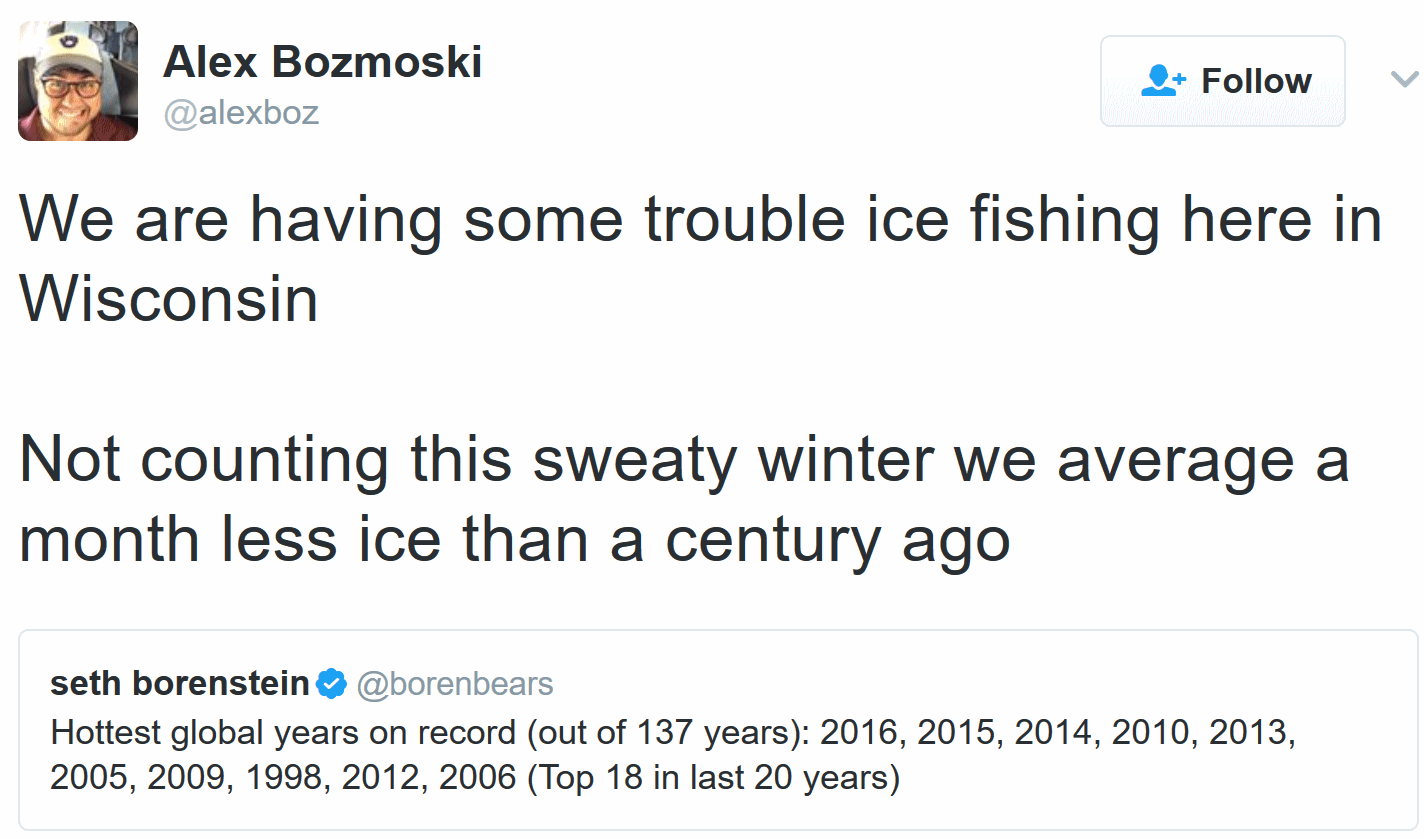
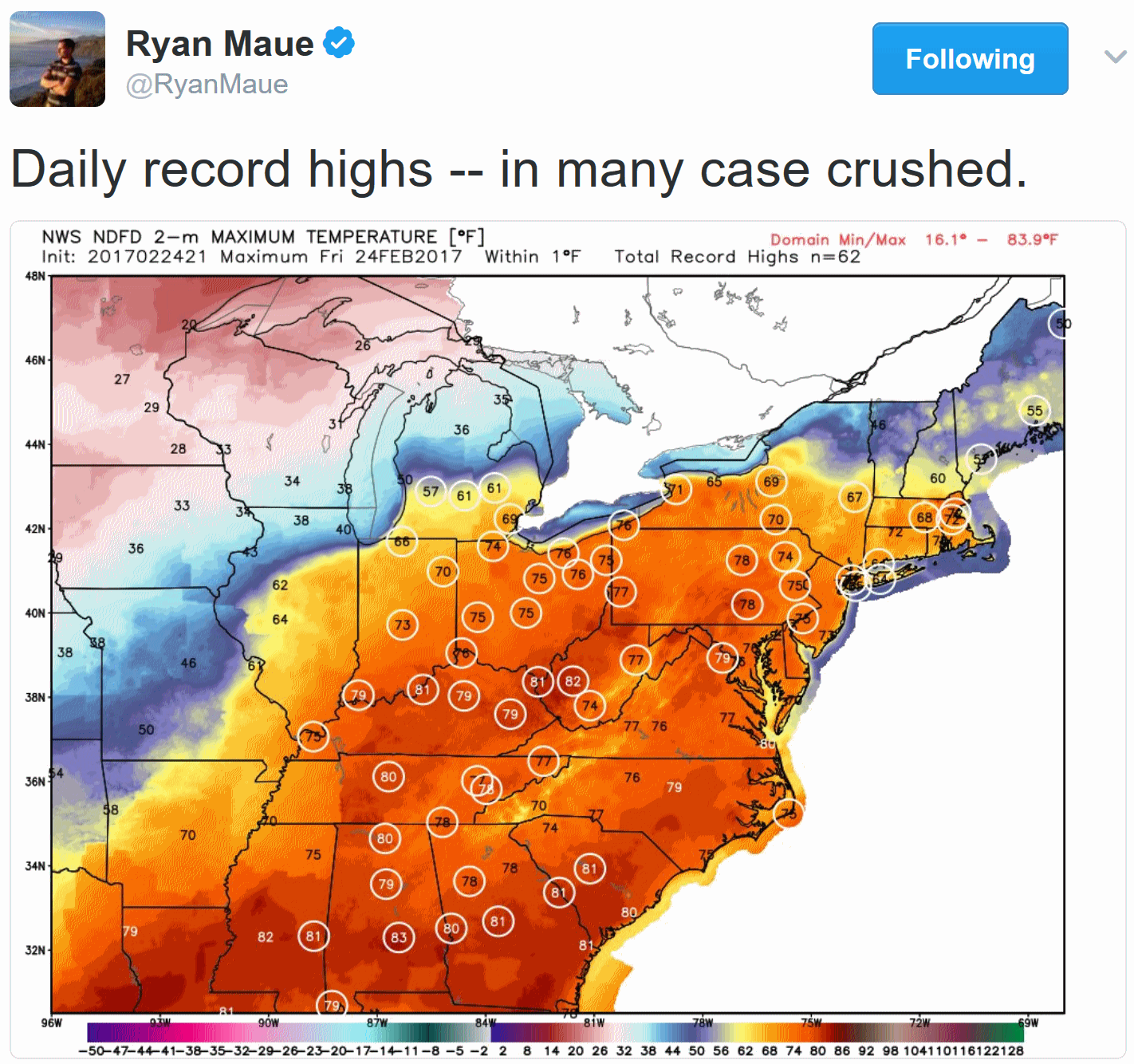
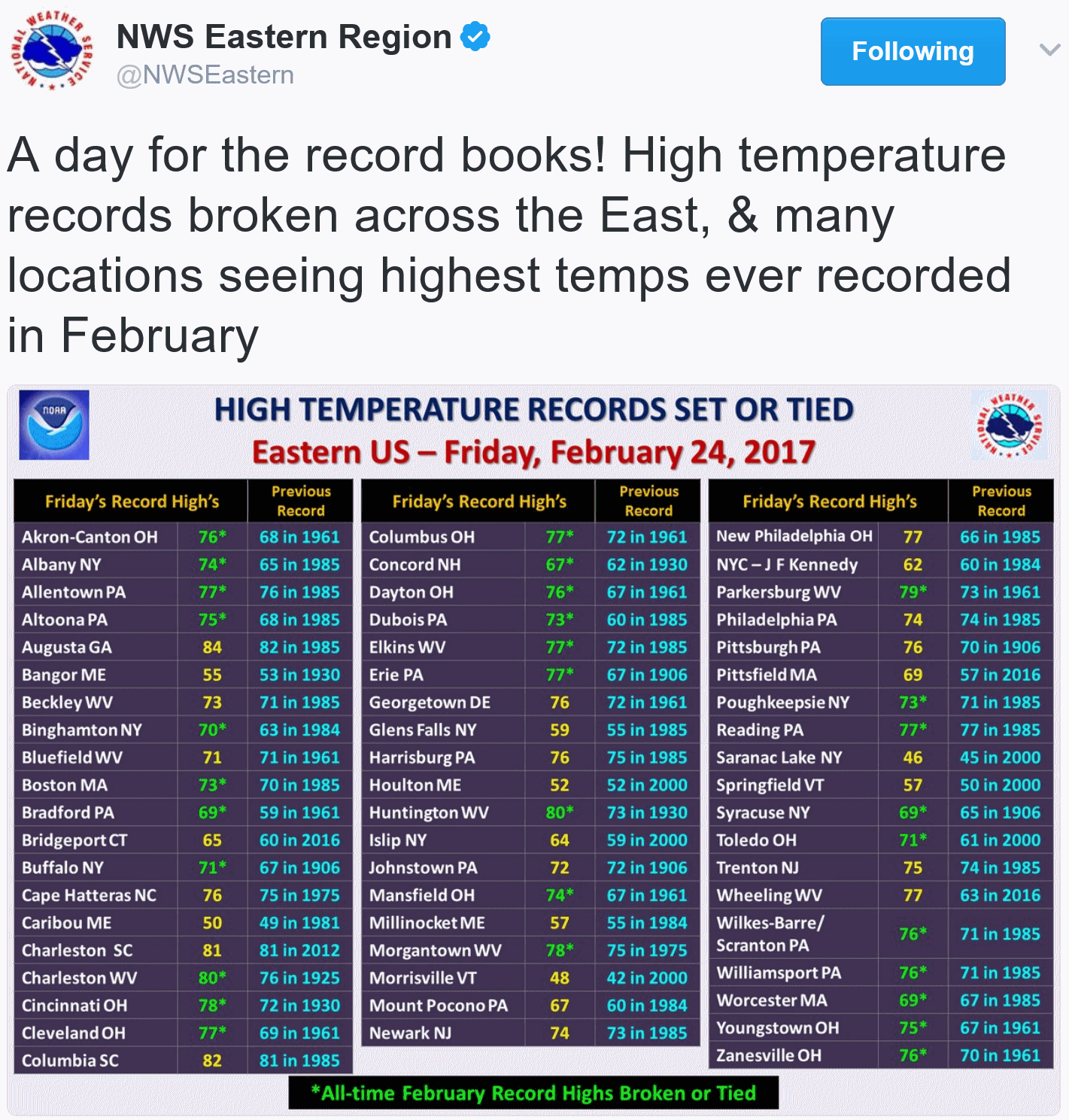
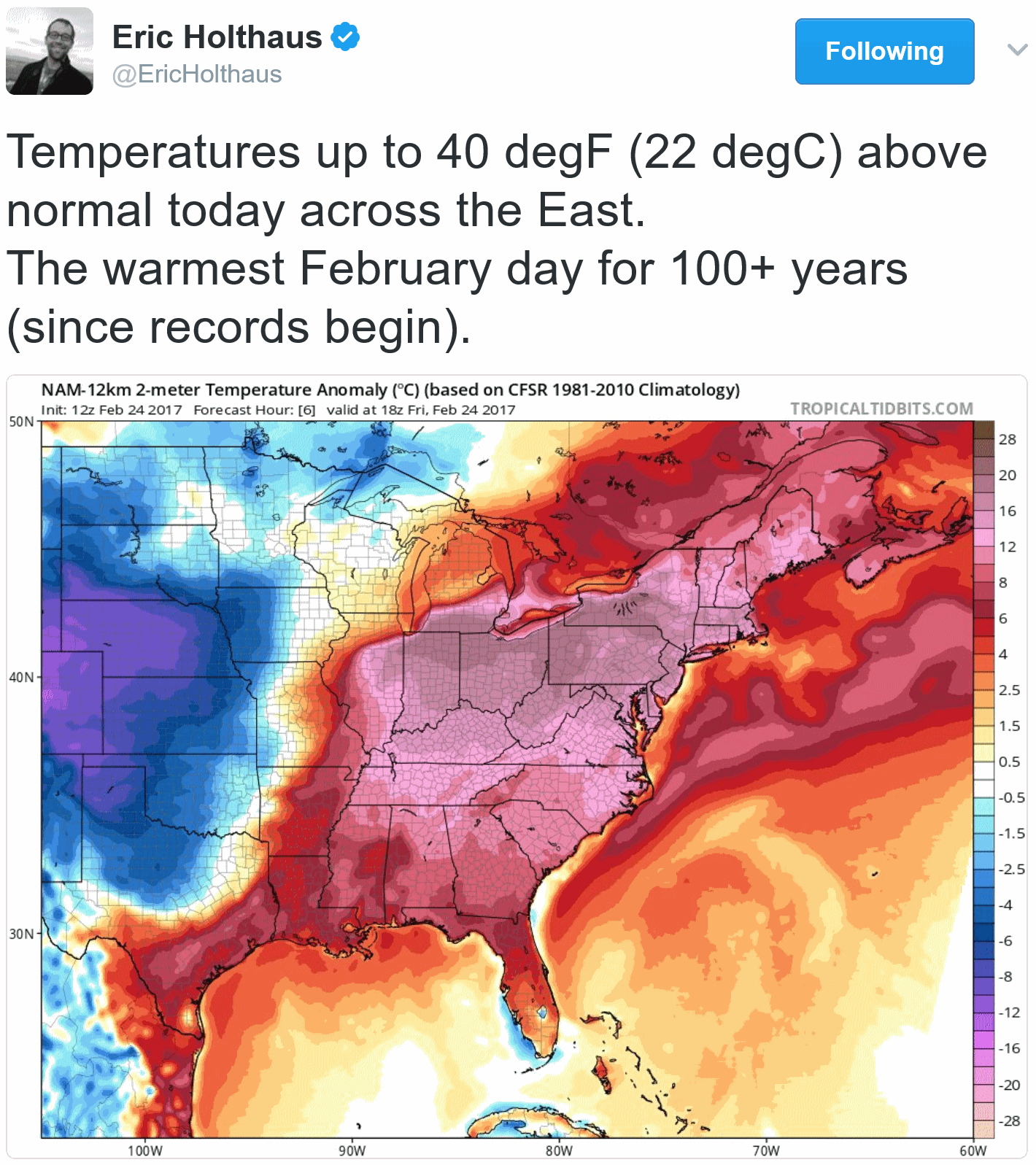
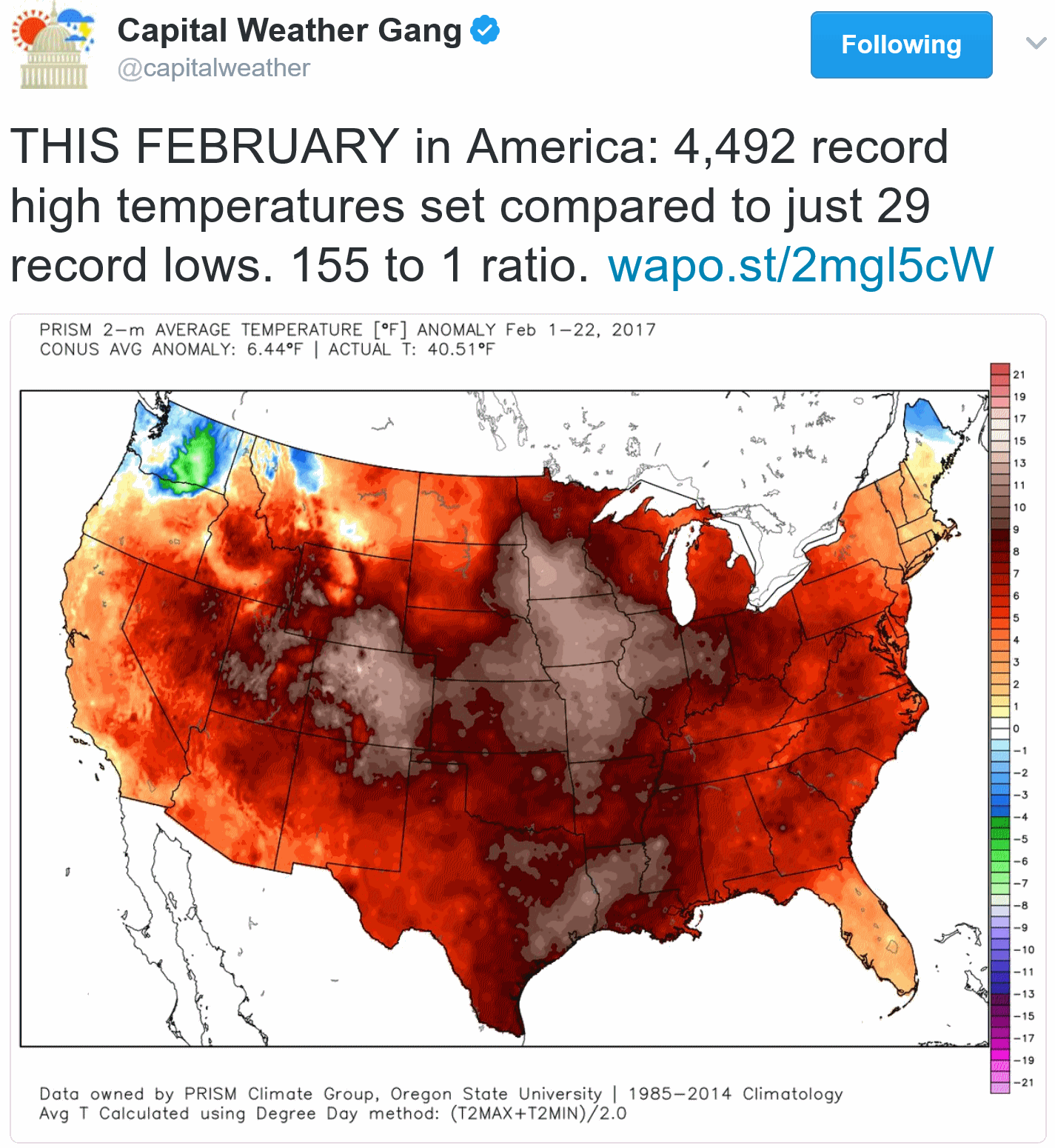
An Alarmingly Early Spring is Sweeping Across the Southern United States. Here's a clip from
Gizmodo: "
Spring
is well ahead of schedule across much of the southern United States, in
some cases by at least two to three weeks. An early spring may sound
nice, but it comes with serious consequences—both to human health and
the environment. A new set of maps
produced by the USGS-led US National Phenology Network (US-NPN)
demonstrates just how ahead of schedule spring is across much of the
continental United States. Temperature-sensitive plants have started to
become active earlier than normal, sprouting leaves and flowers in
coastal California and southern Nevada through to the southern Great
Plains and the Atlantic Coast. In Washington, DC, spring arrived 22 days
earlier than historical norms, as indicated by data on leaf-outs and
flowering..."
Map credit: "
An anomaly map showing
the degree to which early spring has appeared in the US. In Washington
DC, spring arrived 22 days earlier than normal." (Image: US-NPN).
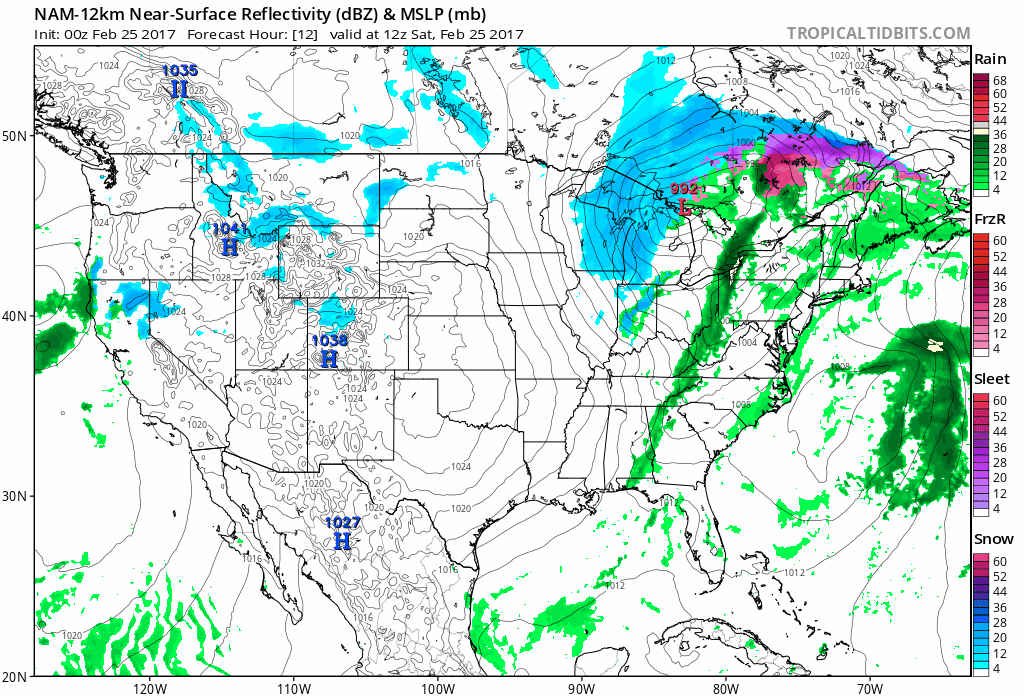 Spring Fades - For Now
Spring Fades - For Now.
Heavy T-storms forecast to push across New England today mark the
leading edge of colder air (but not arctic). Snow tapers across the
Great Lakes as another storm pushes across the Pacific Northwest. A
fairly quiet, dry and comfortable weekend is on tap from the Plains to
the Southeast. 12 KM NAM Future Radar product: NOAA and
Tropicaltidbits.com.
Slight Mild Bias Lingers.
ECMWF (European) guidance hints at low 40s early next week before a
slight cooling trend. Colder, Canadian air arrives in a little over a
week, but I'm starting to wonder if we've seen our last subzero
temperatures of the winter in the Twin Cities. Image: WeatherBell.
Second Week of March: Modified Zonal Flow.
Trying to catch the big trends is always challenging as you peer 1-2
weeks over the horizon, but I see no evidence of Nanook, polar air - no
January flashbacks. In fact GFS guidance shows a mostly west-to-east
wind flow into mid-March, which would favor warmer than average
temperatures, especially east of the Rockies.
Drought Covers Just 17% of California - Down From 73% Three Months Ago. I honestly can't remember a more severe case of weather-whiplash. Details via
USA TODAY: "
Relentless
rain and snow in California continues to eat away at the state's
five-year drought, federal experts said Thursday. Only 17% of the state
remains in a drought — primarily in Southern California — the lowest
percentage since 2011, according to this week's U.S. Drought Monitor.
For the first time since 2013, none of the state is listed in "extreme"
drought. The new numbers represent a drastic decrease. Three months
ago, drought covered 73% of California. One year ago, that number was
95%..."
500 Inches and Counting: Snow Has Clobbered California Ski Resorts This Winter. Can there be too much snow? Yep. Here's an excerpt from Jason Samenow at
Capital Weather Gang: "...
The
resort has received 565 inches (47 feet) this season, including a
45-year record of 282 inches in January. On Thursday, it announced that
its ski area would remain open through July 4. Since 1962, it will mark
just the fourth instance of Independence Day skiing (the other years
were 1998, 1999, and 2011), according to a resort spokesperson. Other
ski areas in the Sierra Nevada also have seen mind-boggling amounts of
snow (totals via SnowBrains.com):
- 636 inches at the Mount Rose ski area in Nevada.
- 584 inches at Boreal Mountain.
- 556 inches at Kirkwood, including 80 inches this week.
- 544 inches at Heavenly, including 81 inches this week.
- 534 inches at Northstar, including 84 inches this week (61 inches in 48 hours).
- 510 inches at Mammoth..."
Photo credit: "
The snow is so high that it buried chairlifts and ski patrol shacks at Squaw Valley Alpine Meadows resort in California." (Squaw Valley Alpine Meadows resort)
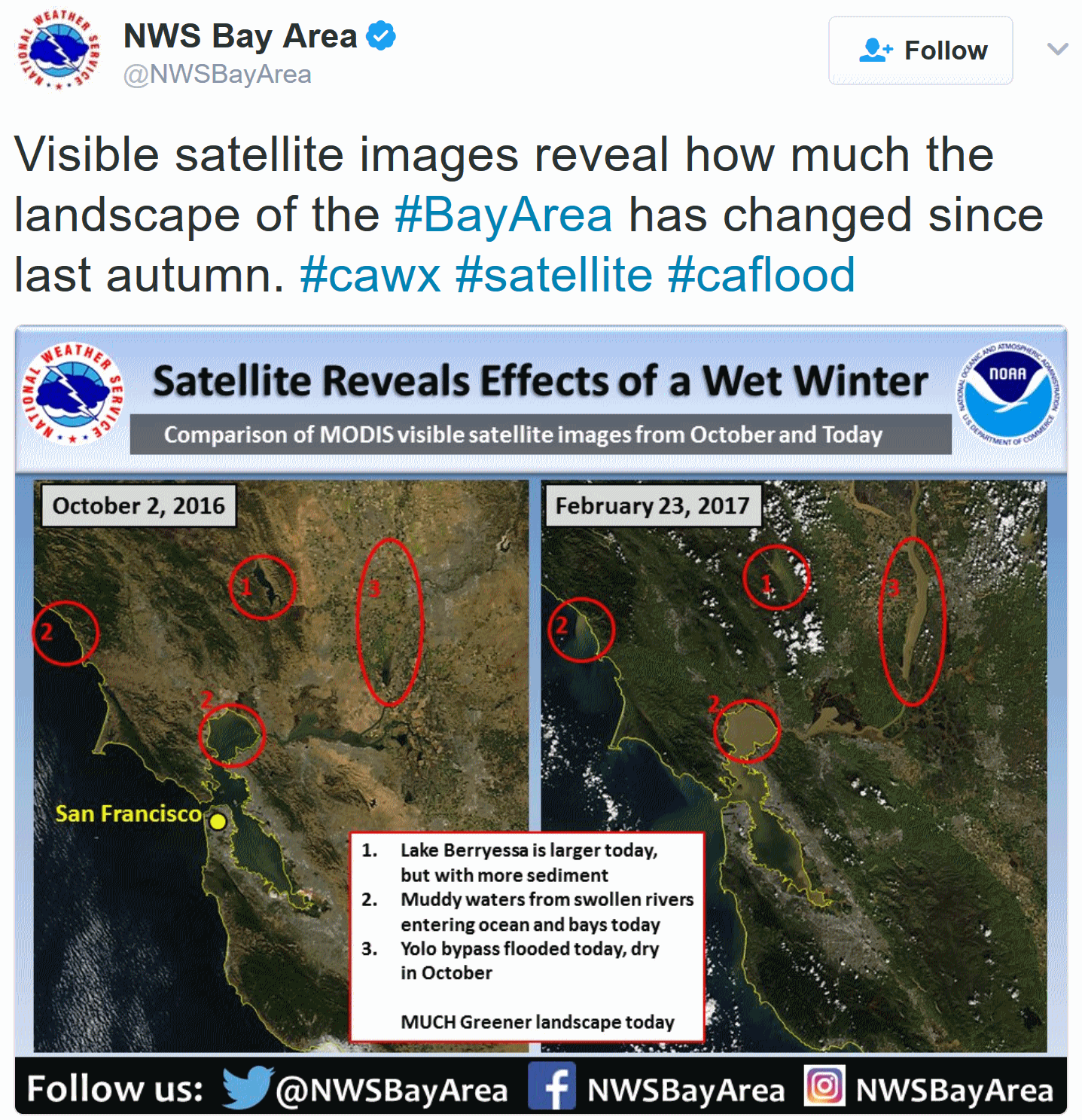
Stunning New Tornado Simulation May Help Meteorologists Unlock Their Secrets. FOX2now.com in St. Louis has the story: "Weather
experts are calling it the most realistic computer simulation of a
tornado ever created. Dr. Cathy Finely at Saint Louis University played
a big role in making it happen. She is part of a team of meteorologists
from around the country that are working together to bring this simulated tornado to life.
“What we are trying to do is model supercell thunderstorms, which are
the rotating thunderstorms that produce tornadoes and tornadoes at a
very high resolution,” says Finley. Creating the simulation required
high quality field observations to use as the initial conditions for the
model. The El Reno, Oklahoma tornado of 2011 was a good fit. The team
also needed some high-power computing capability to do the insane number
crunching. They chose the Blue Water super computer at the University
of Illinois. And even with it’s incredible capabilities, the simulation
still took a week to generate..."
Alabama's Newest Climatologist Has a Heads-Up for Gulf Coast. Here's an excerpt from
AL.com: "...
If
the floating ice is melting, that could remove the inward pressure
against continental glaciers the shelves help to maintain. That could
lead to more continental ice flowing into the sea. "So we could have
runaway scenarios where you're contributing a lot of ice to the global
ocean and increasing sea level significantly," Minzoni said. As a
paleoclimatologist, Minzoni can discuss climate change going back
thousands of years. She knows the old patterns and the recent trends.
She knows these discussions can get political these days, but she finds
most people simply curious. "I think they like it when you're able to
explain the data, explain why we have these conclusions we've made about
climate change and what data we're adding to better predict future
climate change," she said. "Even though politicians try to paint it as
black and white, it's not black and white," Minzoni said. "There's a lot
of shades of gray. It's actually pretty fun to get into the weeds and
understand what these key processes are that affect climate and how we
can build better records and better models to predict future change..."
Photo credit: "
University
of Alabama climatologist Dr. Rebecca Minzoni, left, is shown during a
scientific expedition to Antartic early in her career. Minzoni has
helped identify underwater currents that are melting Antarctic glaciers
from underneath."
Trainstopping: Safe Transit in Natural Disasters.
How We Get To Next
has a story about safeguards that automateically stop trains when a
natural disaster is detected, and how we're generally unprepared: "
BART
is currently the only transit agency in the United States using an
early warning system that responds to earthquake alerts, automatically
slowing trains when a tremor is detected. Other cities are testing
similar technology, but the U.S. lags behind several other countries
when it comes to protecting its public transit passengers from natural
disasters. Mexico, Japan, China, Romania, Turkey, and Taiwan already
have some form of an earthquake early warning system. Mexico, which has
the oldest system in the world, decided to build one after the country’s
deadly 1985 quake. Japan’s is one of the most advanced;
it can send alerts to residents’ cellphones seconds before the shaking
begins, and sensors along rail lines can automatically halt even
high-speed bullet trains. Of course, other natural threats like
hurricanes, floods, avalanches, and extreme temperatures also impact
transportation..."
Photo credit:
Kevin Ho //
CC BY-NC-SA 2.0
 Air Pollution Affects Preterm Birthrates Globally, Study Finds
Air Pollution Affects Preterm Birthrates Globally, Study Finds. Here's an excerpt from
The Washington Post: "
A pregnant woman's exposure to air pollution has adverse effects on her fetus, according to a new international study,
with prolonged exposure associated with nearly 1 in 5 premature births
globally. The study, published recently in the journal Environment
International, is the first global estimate of preterm births associated
with pollution caused by fine particulate matter. This matter, known as
PM2.5, is identified by the size of the microscopic
particles and droplets it contains (2.5 micrometers in diameter or
less), and it can reach deep into the respiratory tract. It is emitted
by man-made sources such as diesel engines, industrial plants and the
cooking fuels used mostly in parts of Asia, as well as by natural
sources such as chemical reactions occurring in the atmosphere..."
Photo credit: Paul Pival, Flickr.
The Future of Energy - Opportunities and Challenges. It turns out the new CEO of ExxonMobil supports the Paris Climate Accord; here's an excerpt of a
recent post: "...
Most
forecasts project that many factors – including global population
growth of nearly 2 billion, a doubling of worldwide economic output and a
rapid expansion of the middle class in emerging economies – will raise global energy demand
by an amount equivalent to the total energy used today in the entire
Western Hemisphere. This growing demand creates a dual challenge:
providing energy to meet people’s needs while managing the risks of
climate change. I believe, and my company believes, that climate risks
warrant action and it’s going to take all of us – business, governments
and consumers – to make meaningful progress. At ExxonMobil, we’re
encouraged that the pledges made at last year’s Paris Accord create an effective framework
for all countries to address rising emissions; in fact, our company
forecasts carbon reductions consistent with the results of the Paris
accord commitments..."
 Xcel Energy Switches on 32 MW of Community Solar in Minnesota
Xcel Energy Switches on 32 MW of Community Solar in Minnesota.
I don't take for granted the fact we have a utility that gets it, and
is trying to get out in front of the renewable energy revolution. Here's
an excerpt from
PV-Tech: "
Xcel
Energy has commissioned seven new community solar gardens, totalling
32MW in Minnesota. The projects were developed under the utility’s Solar Rewards Community programme
that aims to spur community solar among residential subscribers and
local businesses. Xcel Energy currently has 57MW of community solar
gardens online at 17 project sites as part of its programme, which was
launched in 2014. The projects are also part of a larger 96MW of
community solar to be developed by BHE Renewables and Geronimo Energy
that will provide clean energy throughout the Twin Cities metro area and
greater Minnesota..."
Photo credit: "
More community solar comes online in Minnesota, with seven new projects by Xcel Energy, Geronimo Energy and BHE Renewables." Source: Xcel Energy
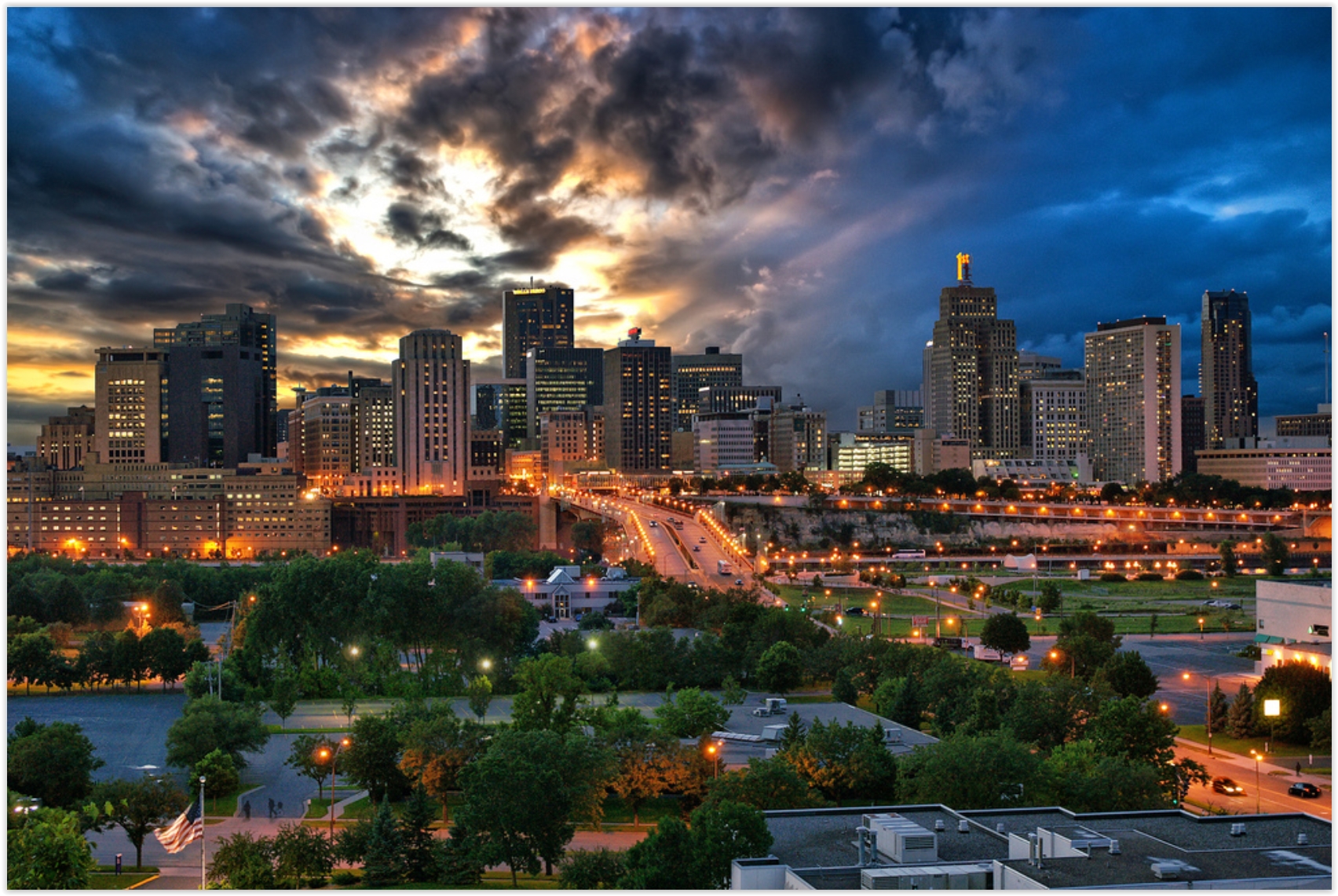 Today's Infrastructure Plans Must Account for Tomorrow's Technology.
Today's Infrastructure Plans Must Account for Tomorrow's Technology.
Infrastructure needs to be upgraded, but what's the smartest, most
cost-effective way to plan for future modes of transportation? Here's an
excerpt from
TheHill: "...
General
Motors CEO Mary Barra, who also serves as one of President Trump’s
economic advisors, often says that the next five years will see more
change in mobility than have the past 50 years. If she is right — and we
think she is — we have some work to do. The nation’s current
transportation system largely operates as it did some 60 years ago when
President Eisenhower signed the National Interstate Highway Act into
law. Ford CEO Mark Fields, who serves as an advisor to President Trump
on manufacturing, recently wrote in Medium, “Longer term —15, 20 and
even 30 years out — we’re imagining a world with significant
concentrations of autonomous vehicles, most of which will be electrified...”
St. Paul file photo: Dan Anderson, Flickr.
New Generation of Electric Cars Creates Win-Win Opportunities for Local Governments. And consumers. Here's an excerpt of an encouraging post at
Fresh Energy: "...
What drives these big savings? Fuel and maintenance cost reductions. Electric vehicles are about four times more fuel efficient than gasoline cars,
so the amount you pay for electricity is much less than you would have
paid for gas to make the same trip. Electric vehicles also require less
maintenance. They don’t need oil changes and they have far fewer moving
parts than gasoline engines, which means fewer parts that can break. Regenerative breaking also dramatically reduces wear on the brake pads. In fact, according to the Bolt’s official maintenance schedule, all you have to do for the first five years is rotate the tires and change the air filter!..."
Partisan Divide in Congress Wider Than Ever on Environmental Issues, Group Says.
InsideClimate News has details: "
House
Republicans cast pro-environmental votes just 5 percent of the time in
2016, while their Democratic colleagues tallied a 94 percent voting
record, according to the League of Conservation Voters. That makes the
114th Congress the most politically polarized in the 46-year history of
LCV's Scorecard, the new numbers released Thursday show. In the Senate,
the average GOP member was voting pro-environment 14 percent of the
time, while the Democrats' average was 96 percent. The gap of 85 points
between the Republican and Democratic average scores in 2016 was only
slightly smaller than the record 87-point divide in 2015. As a whole,
Congress was more divided than ever in the two years before the most
recent election..."
Photo credit: "
Senate Democrats'
boycott of a vote on Scott Pruitt as head of the Environmental
Protection Agency was one sign of how divided Congress has become on
environmental issues."
The Future of Not Working.
I've been practicing (not working) for many years now - I think I'm
ready. In reality job loss is a staggering challenge as AI, robotics and
automation replace blue and white collar jobs. Here's an excerpt from
The New York Times Magazine: "...
The
basic or guaranteed income is a curious piece of intellectual flotsam
that has washed ashore several times in the past half-millennium, often
during periods of great economic upheaval. In “Utopia,” published in
1516, Thomas More suggests it as a way to help feudal farmers hurt by
the conversion of common land for public use into private land for
commercial use. In “Agrarian Justice,” published in 1797, Thomas Paine
supports it for similar reasons, as compensation for the “loss of his or
her natural inheritance, by the introduction of the system of landed
property.” It reappears in the writings of French radicals, of Bertrand
Russell, of the Rev. Dr. Martin Luther King Jr. Silicon Valley has
recently become obsessed with basic income for reasons simultaneously
generous and self-interested, as a palliative for the societal
turbulence its inventions might unleash. Many technologists believe we
are living at the precipice of an artificial-intelligence revolution
that could vault humanity into a postwork future..."
Photo credit: "
A family homestead in the pilot-project village in Kenya." Credit Andrew Renneisen for The New York Times.
AI and Automation Are About to Implode Blue Collar Jobs. Ready for a new New Deal? We're going to need a plan. Here's more perspective from The Outline: "...As
artificial intelligence, robotics, and new forms of automation continue
to flourish, the forms of work that millions of Americans rely on are
at risk. The political solutions to navigating these changes are going
to require broad public initiatives that haven’t been accomplished in
decades, and everyone is going to have to be on board. Before leaving
the White House, President Obama commissioned a report titled Artificial Intelligence, Automation, and The Economy,
that provides an in-depth look at the changes that will occur as
automation becomes more sophisticated. Far from the doom and gloom
projections of a workplace without humans, the report charts the subtle
ways that, at scale, AI will have a tremendous impact on how our
economy, and labor force, functions..."
Megyn Kelly, Matt Lauer, and the Battle for the Future of NBC.
Vanity Fair has an article that will appeal to TV news geeks; here's an excerpt: "...
Aside
from the executives at NBC and NBC News, according to two people
familiar with the discussions, there was only one on-air personality who
knew about Kelly’s wooing well in advance: Matt Lauer. (NBC denies
this.) Coming from rightward-leaning Fox, Kelly might be seen as an
effort by NBC to come to terms with life in a Donald Trump era. She is
not overtly or inevitably a challenge to Lauer—perhaps she will prove a
complement. More to the point, though, Kelly represents a literal doubling down
on the proposition that, when it comes to a successful news operation,
personality is what counts, and everything else must accommodate itself
to that reality. How that will translate into what we see on TV remains
to be seen, but one fact can’t be argued with: there used to be only one
person at NBC News who was too big to fail. Now there are two."
Sorry, Nobody Wants Your Parents' Stuff. Amen to that. Here's an excerpt from
TPT: "...
This
is an Ikea and Target generation. They live minimally, much more so
than the boomers. They don’t have the emotional connection to things
that earlier generations did,” she notes. “And they’re more mobile. So
they don’t want a lot of heavy stuff dragging down a move across country
for a new opportunity.” And you can pretty much forget about
interesting your grown kids in the books that lined their grandparents’
shelves for decades. If you’re lucky, you might find buyers for some
books by throwing a garage sale or you could offer to donate them to
your public library — if the books are in good condition. Most antiques
dealers (if you can even find one!) and auction houses have little
appetite for your parents’ stuff, either. That’s because their customers
generally aren’t interested..."
The "Seinfeld" Diner.
Atlas Obscura tells you where to find it: "
Seinfeld
fans who want to re-create their favorite scenes in Monk’s Café need
only travel to Manhattan’s Upper West Side to find the perfect place. It
won’t look familiar on the inside, but the blue and red neon wrapping
the corner will let them know they are in the right place. Tom’s
Restaurant, or the façade anyway, stood in for “Monk’s” coffee shop,
located on Broadway at 112th Street, near Columbia University. Although
the walls are now covered with Seinfeld memorabilia, when the images of
the exterior were first taken for the show (including the “Tom’s” part
of the name, which was later cropped out), the owner’s sons asked what
they were for. The response: “It’s just for some pilot...”
Minnesota Grandmas Get Naked To Draw Attention to Climate Change. Possibly my favorite headline ever. Here's more from
City Pages: "...
During
one of the recent 60 degree days, Gille and about a dozen friends
decided they needed to remind everyone about our collective dire
situation. The event was the brainchild of Minneapolis resident Polly
Kellogg. They made signs and went to Powderhorn Lake. "Now you've pissed
off grandma," read Gille's. "Climate change deniers skate on thin ice,"
another said. Some of the women donned swimsuits. Others disrobed. Some
more so than others. Gille was one of those who went topless for the
cause. "Here we are having the warmest February days ever locally at the
same time nationally we're moving in the opposite direction as to the
things we can do about global warming," she says. "We had the [photo]
shoot to let everyone know we're not okay with it and neither should
they."
Photo credit: "
Minneapolis
grandmas bare all -- or most -- near Powderhorn Lake to bring attention
to climate change, which has been delivering 60-degree days to our
not-very-frozen tundra."

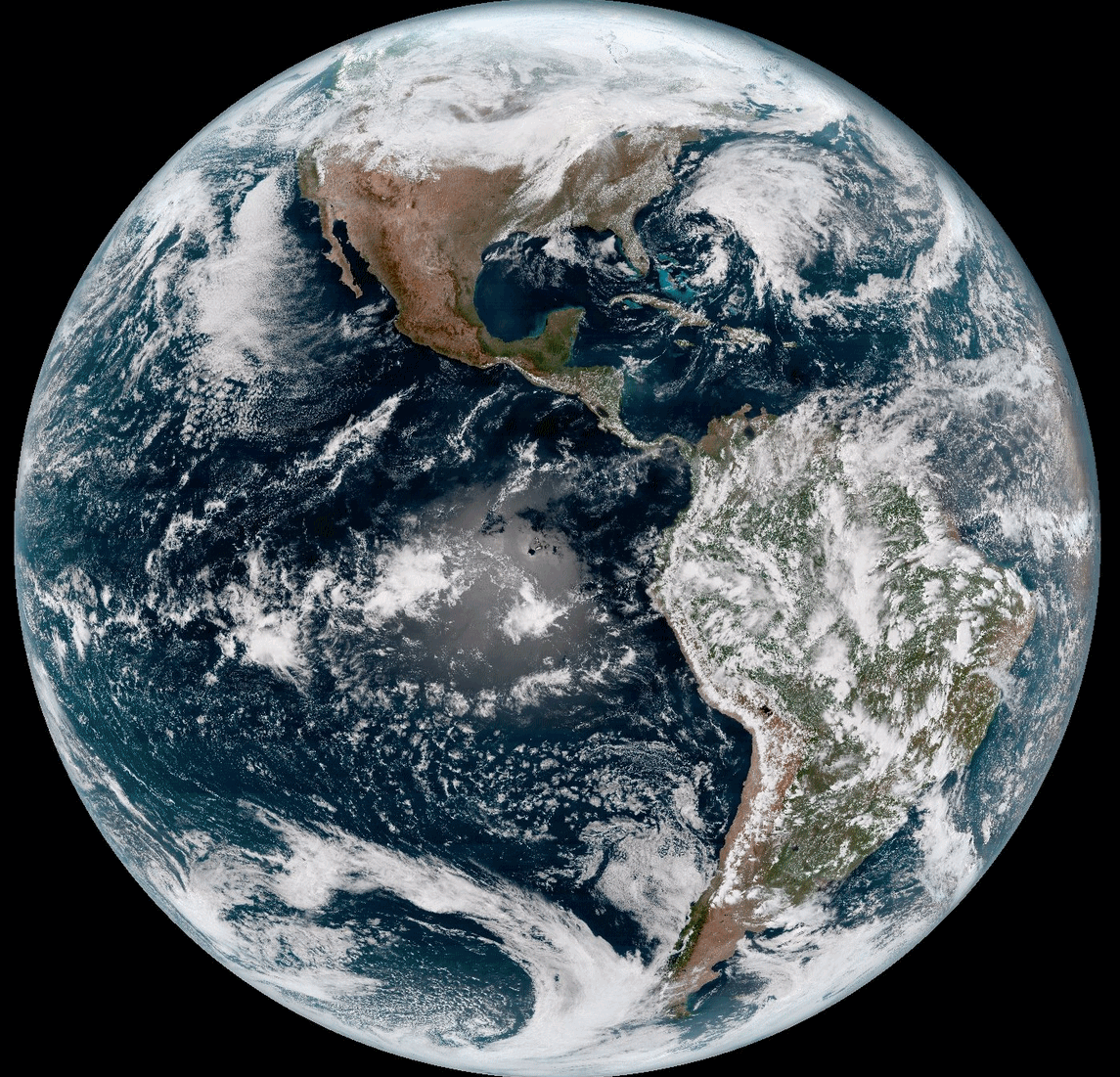 TODAY
TODAY: Some sun, less wind. Winds: NW 10-15. High: 33
SATURDAY NIGHT: Partly cloudy and cool. Low: 22
SUNDAY: More clouds, few flurries in the air. Winds: W 8-13. High: 35
MONDAY: Partly sunny and pleasant. Winds: S 10-15. Wake-up: 21. High: 39
TUESDAY: Light mix, mainly wet roads. Winds: NE 8-13. Wake-up: 29. High: near 40
WEDNESDAY: Lamb-like start to March. Few clouds. Winds: NW 7-12. Wake-up: 27. High: 38
THURSDAY: Brisk with a few flurries. Winds: N 10-20. Wake-up: 21. High: 33
FRIDAY: Intervals of sun, few flakes. Winds: NW 7-12. Wake-up: 20. High: 32
February 24 full-disk image above courtesy of GOES-16 and NOAA. Check out NOAA's
GOES-16 Image Gallery for more eye-popping imagery.
Climate Stories....
Is It Okay To Enjoy the Warm Winters of Climate Change? No,
it probably shouldn't be in the 60s and 70s in February, but should I
feel guity for enjoying early pangs of spring fever? Here's an excerpt
from a timely article at
The Atlantic: "...
For
the climate-concerned, this is an encouraging theory of change—and it
fits with a body of research that suggests people experiencing unusual
warmth are more likely to tell pollsters they believe in global warming.
But a study published last year in Nature
should make advocates pause. It found that, for the vast majority of
Americans, the weather became more favorable and pleasant from 1974 to
2013. Over all, winters have gotten generally warmer and more pleasant
for “virtually all Americans,” while summers have not yet become
scorching and oppressively humid. This change has occurred on a shocking
scale: On the “pleasantness index” used by the study, Boston in 2013
was as favorable as New York City was in 1976; and present-day St. Louis
is nicer than D.C. or Baltimore four decades hence..."
Map credit:
coolwx.com.
Conservative Group's Carbon Plan Gives Us Hope for Climate Change Action. Here's an excerpt of an Op-Ed from the Editorial Board at
The Dallas Morning News: "...
Congressional
Republicans refuse to take powerful steps to embrace renewable energy.
Like the Trump administration, they seem poised to roll back environmental rules, including the Obama-era Clean Power Plan, without
also establishing a workable mechanism to reduce carbon emissions. With
the clock ticking on climate change problems, this would be highly
irresponsible. That is why we are pleased the Climate Leadership Council
— a conservative panel including former Secretaries of State George
Schultz and James Baker and former Treasury Secretary Henry Paulson — is
challenging skeptics in their party with a market-based approach. While
their plan to tax carbon emissions has flaws, as does any
carbon reduction system, we think it boldly speaks truth to power and
could bring moderate Republicans to the table..."
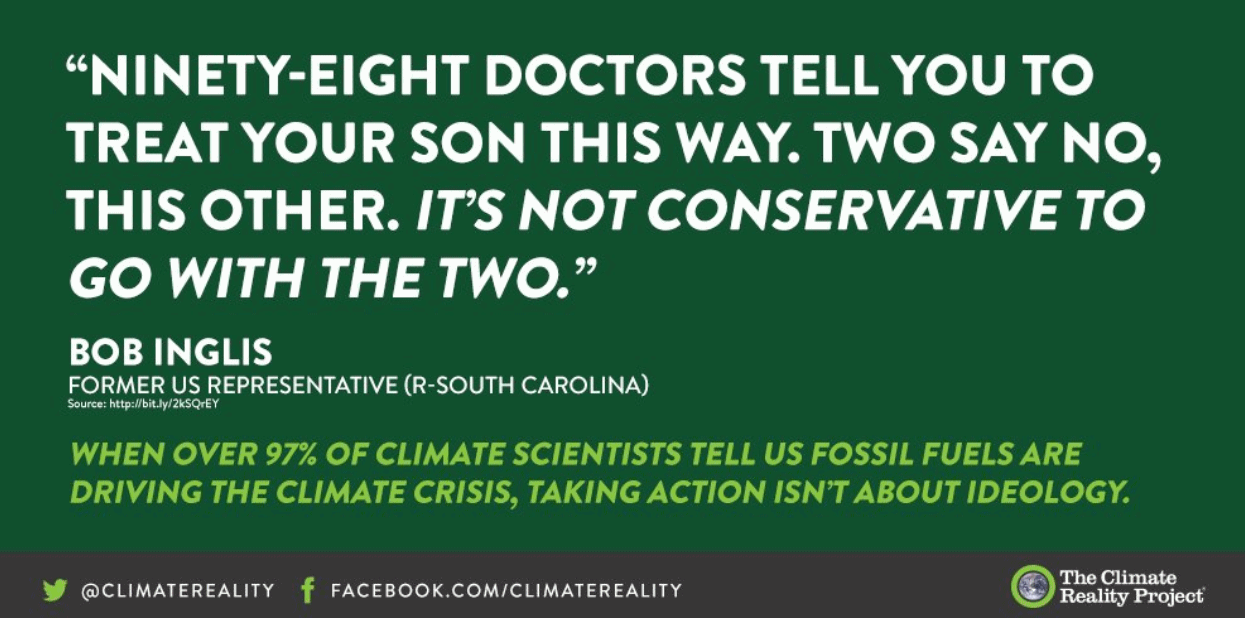
It Might Feel Good, But February's Intense Heat is a Very Bad Sign. Which makes it a little harder to fully enjoy these freakish February warm fronts.
ThinkProgress reports: "...
This
change in weather patterns does not come without a cost. For those
living in frigid Midwestern states, a balmy day in February is a welcome
respite from the typical winter chill. But the early thaw — what
scientists call “season creep” — can have disastrous consequences for ecosystems. Flowers are already beginning to emerge in Chicago, which has gone a record 67 days without an inch of snow. Early blossoms may wilt before they can be pollinated. Farmers in the region may see their crops bud after an early thaw only to perish in a late-season frost..."
Why You Shouldn't Hope for an Early Spring. Here's a clip from
Ensia: "...
Some
of the longest running records, which chronicle first leaf growth of
honeysuckle and lilacs across the lower 48 states, show a noticeable
shift toward earlier dates since the 1980s. Like the temperatures
recorded as part of climate change research, the leaf-out dates show
great variability from year to year but the trend is distinct — earlier
warmer temperatures and earlier first buds and blooms. While occasional
false springs are not new, what is new in recent years is the
combination of increasingly warmer springs and extreme temperature
swings, overall shorter times throughout fall and winter of
below-freezing temperatures, and the altered precipitation patterns
associated with global climate change..."
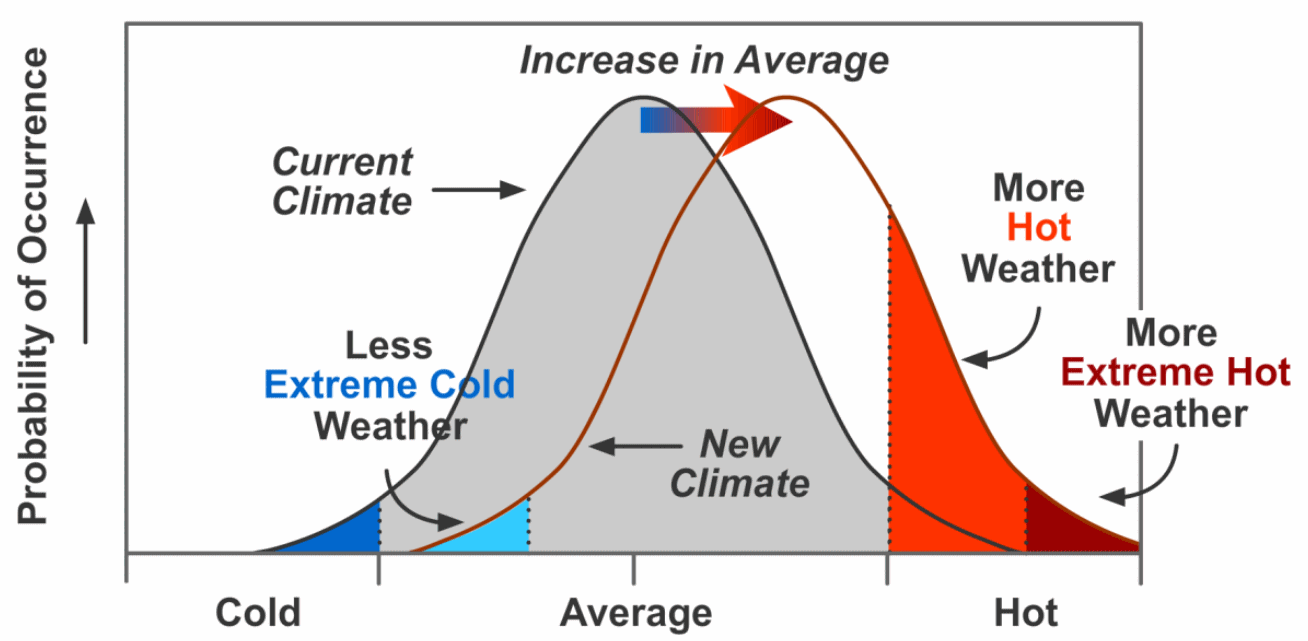
Weather Whiplash. Parts
of southern Minnesota went from 60s to a blizzard in a couple of days;
it seems the extremes are trending more extreme over time. Hunter
Cutting explains at
Medium: "...
We
see the signs of warming everywhere: in temperature readings, satellite
measurements, disappearing sea ice, vanishing glaciers, melting ice
sheets, changing seasons, migrating species, and the accelerating rise
of the oceans as the seas warm and expand. At last count, there are more
than 26,500 such signals. We are now also living with dramatic changes
in extreme weather and its impacts. Extreme downpours, storm surges,
heat waves, droughts and wildfires have all been significantly amplified
by climate change, in some cases dramatically. These changes were
expected — a small shift in Earth’s climate produces a substantial shift
in extreme weather..."
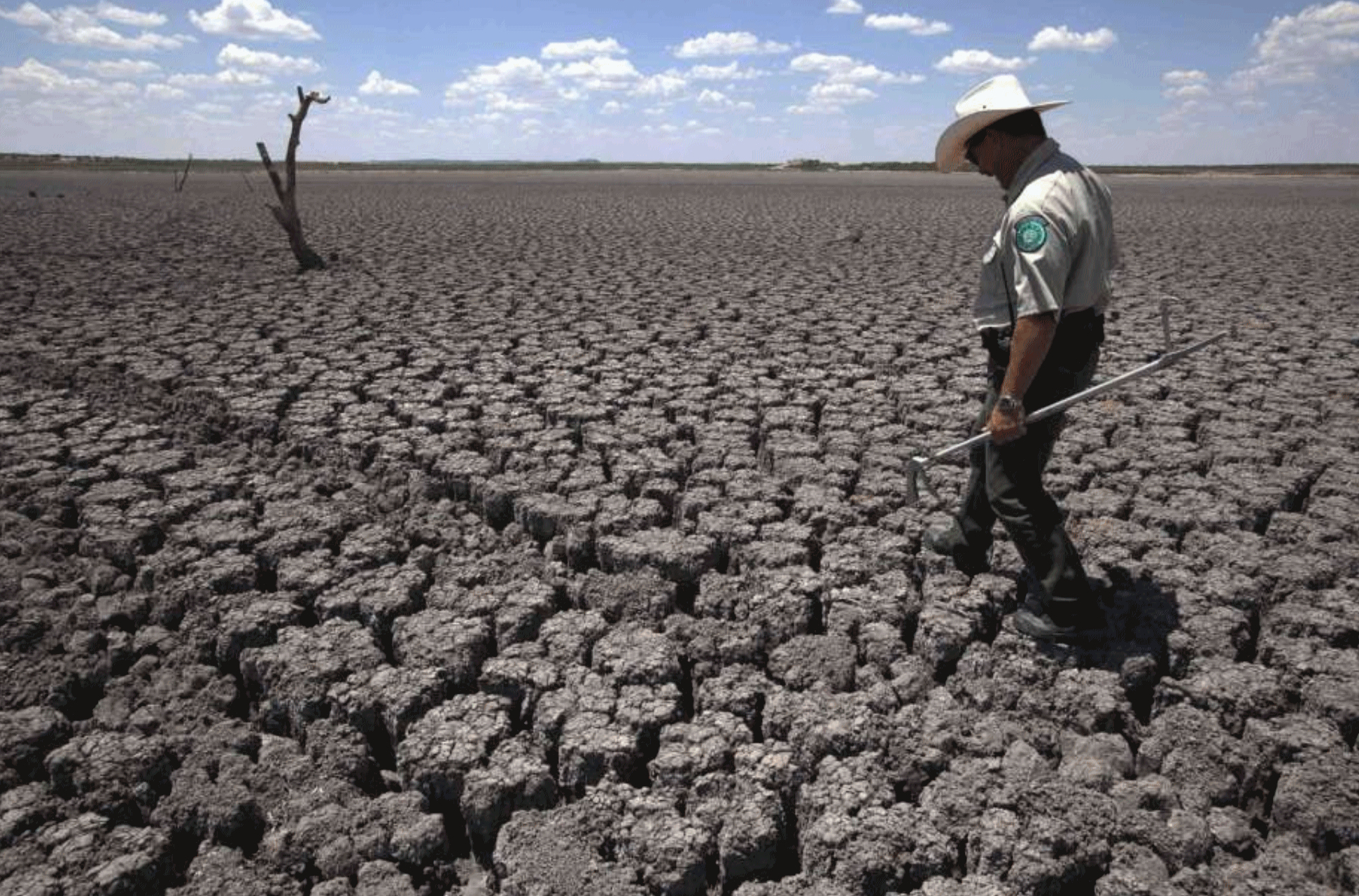 Red State America Acts on Climate Change - But Calls It Other Names.
Red State America Acts on Climate Change - But Calls It Other Names. If
we focus on cleaner, cheaper, renewable American energy sources - the
climate challenge may take care of itself. Here's an excerpt from
Scientific American: "
My
colleagues and I did a survey of over 200 local governments in 11
states of the Great Plains region to learn about steps they’re taking to
mitigate the effects of climate change and to adapt to them. We found
local officials in red states responsible for public health, soil
conservation, parks and natural resources management, as well as county
commissioners and mayors,
are concerned about climate change, and many feel a responsibility to
take action in the absence of national policy. But because it is such a
complex and polarizing topic, they often face public uncertainty or
outrage toward the issue. So while these local officials have been
addressing climate change in their communities over the past decade,
many of these policy activities are specifically not framed that way..."
File photo credit: Associated Press.


No comments:
Post a Comment